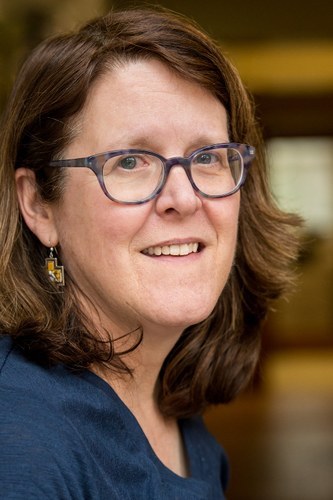
Faculty Spring 2022: Martha Few
Professor of Latin American History and Women’s, Gender, and Sexuality Studies
In October 1804, the newspaper Gazeta de Guatemala published an account of a postmortem cesarean operation—that is, a cesarean operation performed on a deceased pregnant woman—carried out in 1799 at a mission in the frontier Petén region of colonial Central America. A married Maya woman in advanced stages of pregnancy, Nicolasa Chatá, lay dying of smallpox, with her husband, Marcos Cob, and the local Catholic priest by her side. As her condition worsened, the priest called on an unidentified barber-surgeon, “an Indian who had been instructed in the necessary procedures,” to prepare to carry out the operation on Chatá immediately upon her death. The priest’s goal was decidedly not to save the life of the fetus but rather to save its soul by baptizing it during its brief moments of life after being surgically extracted from the deceased woman’s womb. The barber gathered the needed medical instruments and, at the moment of her death, surgically opened Chatá’s uterus and removed the fetus. The priest then baptized it after judging “with certainty” that it was alive. The fetus quickly died, however, and was buried together with Chatá in consecrated ground. The priest recorded this rather unique instance of a “double burial” in his parish death registry.
During the twentieth century, the cesarean operation became an increasingly common procedure employed on women to facilitate a non-vaginal birth, from which both the woman and the fetus were fully expected to recover. In the eighteenth century, however, this was not the case, and the operation was almost exclusively performed on women who were already deceased. Through this archival reference to Nicolasa Chatá, and others like it, this book project traces the global networks of Spain and Portugal’s empires that allowed for the rise and spread of the postmortem cesarean operation as a medico-religious practice, especially in colonial settings. Chatá’s death and the surgical removal and baptism of her unborn fetus were not isolated events. Rather, the newspaper article references other cases as well, revealing the paper trail that connected Guatemalan officials at the mission in Petén, ministering to Indigenous Maya converts on the edge of empire, to the first and most influential early modern texts describing the religious necessity of performing the postmortem cesarean operation in Sicily. Numerous other cases were reported elsewhere in Spain, Portugal, and their American and Asian colonies, that together shed light on the medical, religious, and social practices that gave new meanings to women and fetuses as knowledge of the operation spread. Such cases invite the consideration of the postmortem cesarean operation as a contested tool of empire, through which ideas were transformed and colonialism came to be enacted on the female body and the unborn fetus.